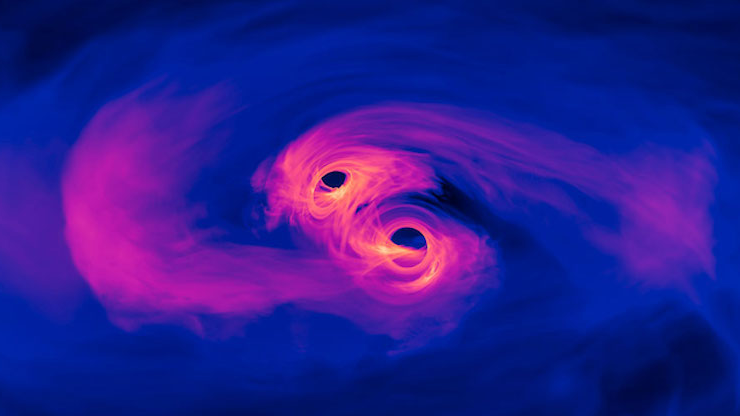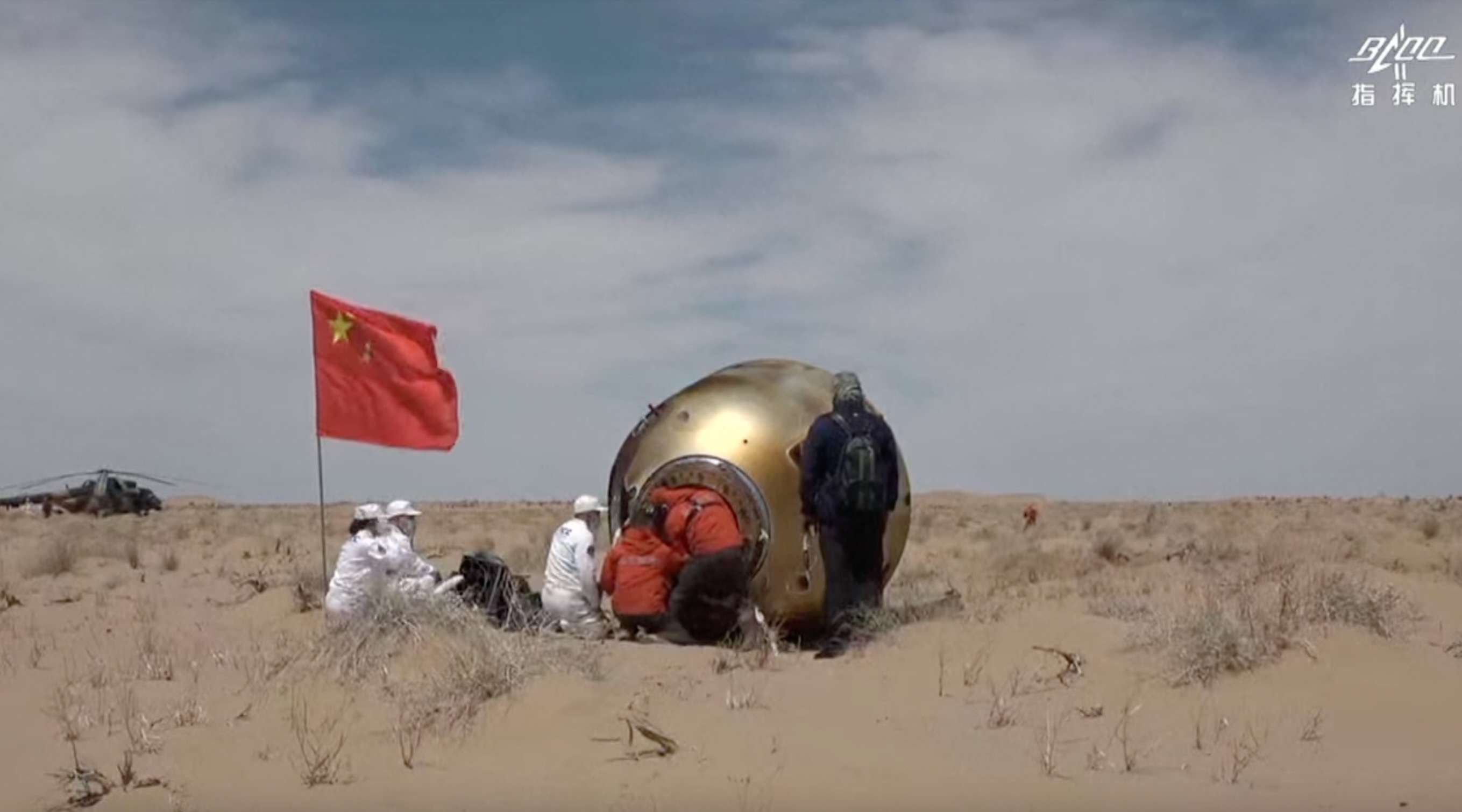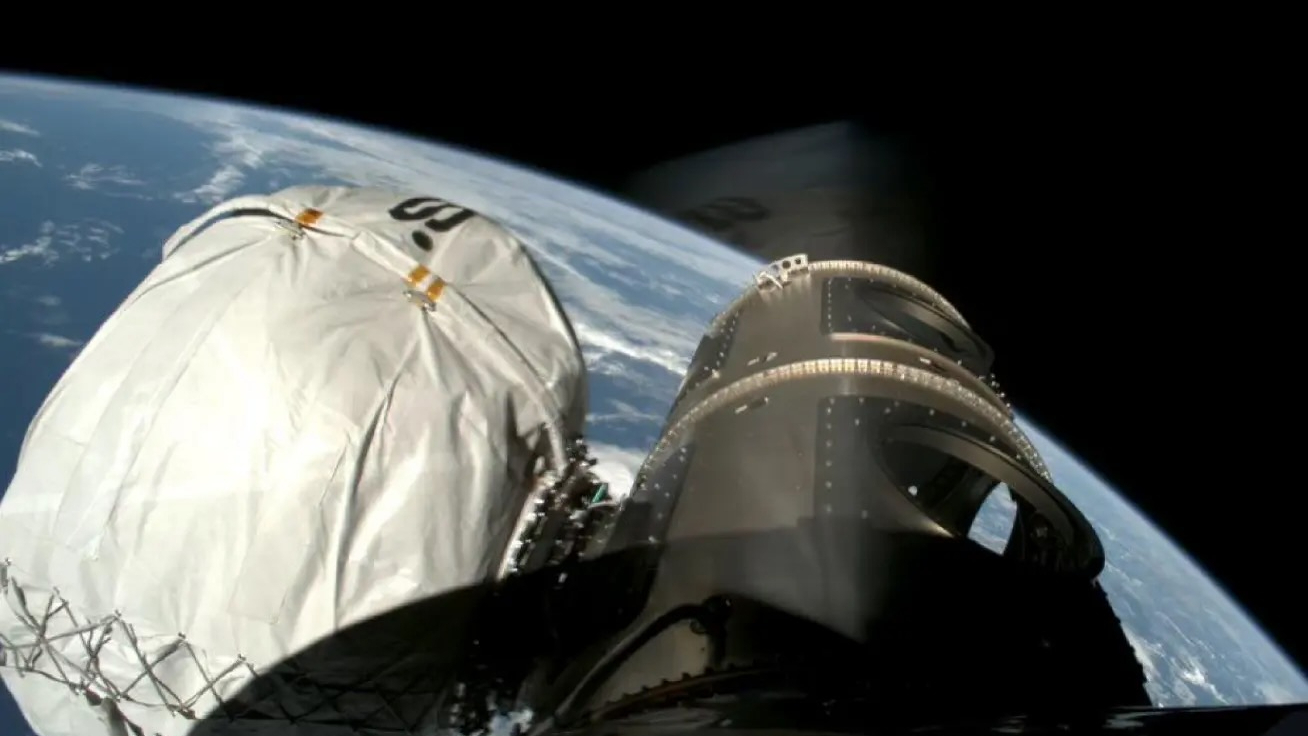NASA Launches New Sky-mapping Telescope
NASAlaunched a new space observatory Monday to scan the skies for new celestialobjects in infrared light.
The Wide-field Infrared Survey Explorer (WISE) liftedoff atop a Delta II rocket from Vandenberg Air Force Base in California at 9:09a.m. EDT (1409 GMT) on Monday.
The launchwas originally scheduled for Friday, but NASA delayed it to allowengineers to fix a glitch on the rocket's booster steering engine. The issuewas resolved and the launch went off seemingly without a hitch.
NASA's newtelescope will view the heavens with infrared eyes, which see long-wavelength light thatis shrouded from optical lenses. The $320 million spacecraft is designed tosurvey the entire heavens in about six months, creating an all-sky map of theuniverse in infrared light.
"Theinfrared is important to us in astronomy because it shows us where the coolthings are in the universe, things much cooler than the sun," said JonMorse, director of astrophysics at NASA, during a Wednesday briefing. "Theuniverse looks much different in infrared."
Infraredlight should be especially useful for discovering new objects, such as nearbyasteroids and dim stars called brown dwarfs, which may be too faint in opticallight to have been spotted by other telescopes.
"We'regoing to see many interesting asteroids, stars and galaxies," said NedWright, WISE principal investigator from UCLA. "But I'm sure that the mostinteresting things we see are going to be total surprises."
Get the Space.com Newsletter
Breaking space news, the latest updates on rocket launches, skywatching events and more!
WISE shouldbe especially useful in detecting unknown near-Earth objects such as asteroidsand comets that could pose a danger of collision with our planet.
"We'regoing to learn a lot about the risks associated with the near-Earth objectpopulation," said Peter Eisenhardt, a WISE Project Scientist at NASA's JetPropulsion Laboratory in Pasadena, Calif.? "Not to overstate the risk, butit's not a trivial risk either. After all the dinosaurs, we believe, were wipedout by a fairly large asteroid."
WISE isscheduled to undergo checkouts and calibrations for the next two weeks ? itsfirst view of the sky will be in about 16 days, when its protective cover isremoved. After that, WISE will capture about 5,700 pictures a day of theinfrared sky. The mission management team says it will release the firstscience data within one month of launch.
"WhatI'm looking forward to this year for Christmas is WISE data," Wright said.
- Video - A New Closest Star? - Getting WISE to Brown Dwarfs
- Images - Spitzer Telescope Sees Universe in Infrared
- A List of the Major Space Telescopes
Join our Space Forums to keep talking space on the latest missions, night sky and more! And if you have a news tip, correction or comment, let us know at: community@space.com.

Clara Moskowitz is a science and space writer who joined the Space.com team in 2008 and served as Assistant Managing Editor from 2011 to 2013. Clara has a bachelor's degree in astronomy and physics from Wesleyan University, and a graduate certificate in science writing from the University of California, Santa Cruz. She covers everything from astronomy to human spaceflight and once aced a NASTAR suborbital spaceflight training program for space missions. Clara is currently Associate Editor of Scientific American. To see her latest project is, follow Clara on Twitter.









